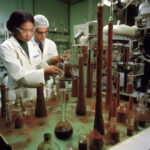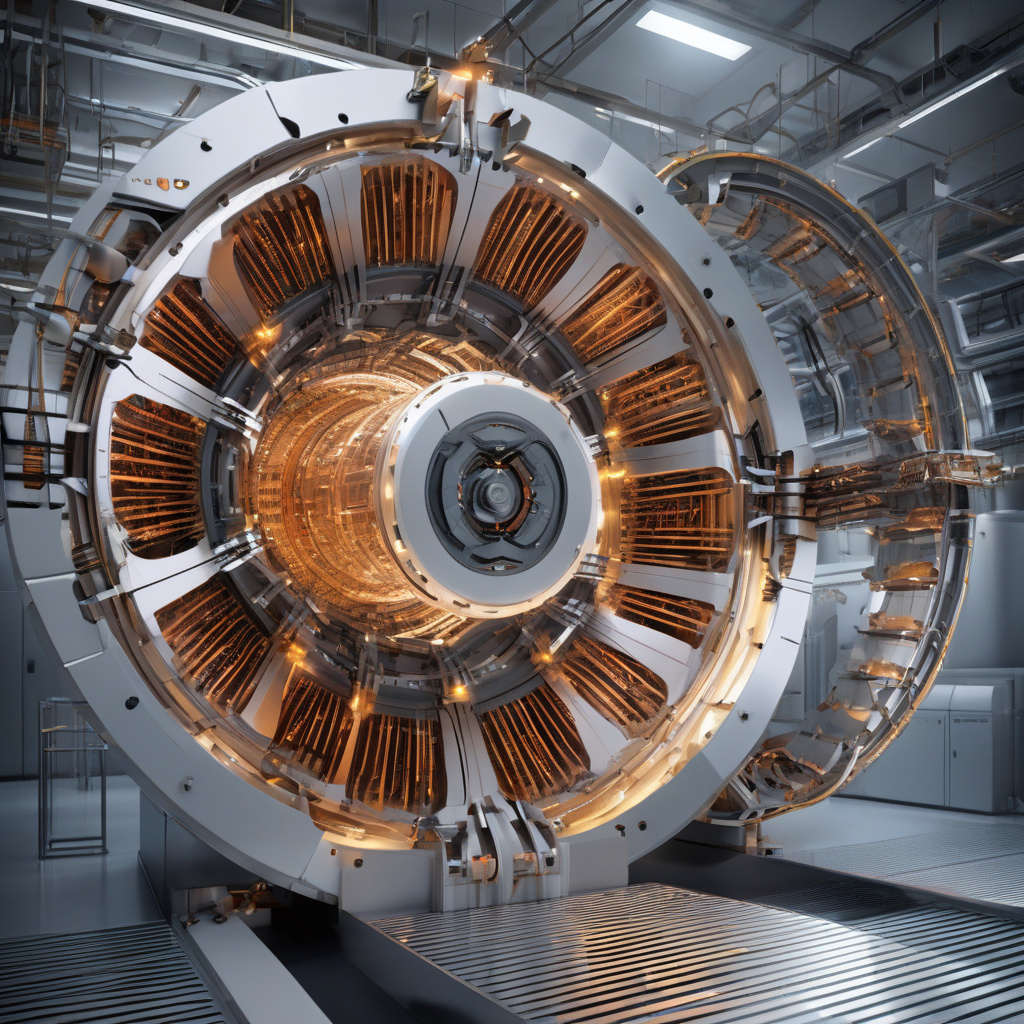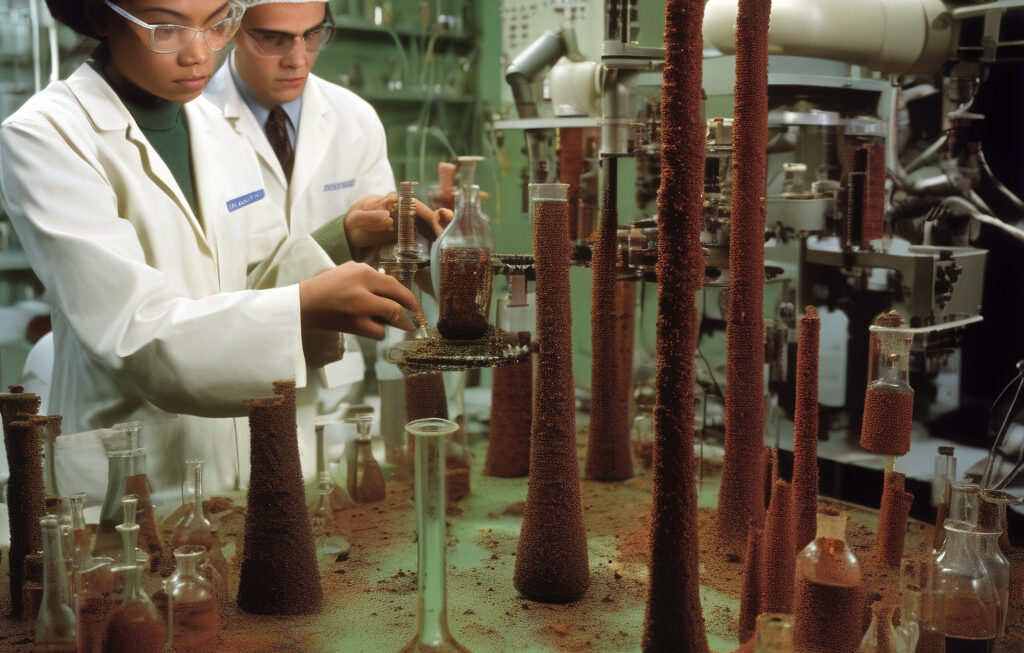Revolutionizing Particle Accelerators: US’ New Design Promises 100 Times Brighter Beams with 80% Less Energy
Scientists in the U.S. have unveiled a groundbreaking complex bend lattice prototype that could cut the energy consumption of particle accelerators by up to 80% while producing beams that are 100 times brighter. This new accelerator design marks a significant leap forward in the world of particle physics, with the potential to revolutionize research in fields such as high-energy physics, materials science, and even medical technology.
Traditional particle accelerators have long been known for their voracious appetite for energy. These massive machines require huge amounts of electricity to accelerate particles to near-light speeds for research purposes. The new complex bend lattice prototype, however, offers a more efficient alternative. By incorporating a series of advanced magnets and beamline components, scientists have been able to achieve unprecedented levels of beam brightness while drastically reducing the energy input required.
One of the key innovations of this new design is its use of cutting-edge superconducting radio-frequency (SRF) cavities. These cavities are able to accelerate particle beams with incredible efficiency, minimizing energy loss and maximizing beam quality. In addition, the complex bend lattice layout allows for more precise control and focusing of the particle beams, resulting in beams that are not only brighter but also more tightly collimated.
The implications of this breakthrough are far-reaching. In the field of high-energy physics, brighter particle beams enable scientists to study subatomic particles with unprecedented detail, potentially leading to new discoveries about the fundamental nature of the universe. In materials science, the ability to generate intense beams of particles opens up new possibilities for studying the structure and behavior of materials at the atomic level. And in medical technology, brighter particle beams could enhance the effectiveness of treatments such as proton therapy for cancer patients.
Furthermore, the energy savings offered by this new accelerator design could have significant economic and environmental benefits. By reducing the electricity consumption of particle accelerators, research institutions can lower their operating costs and minimize their carbon footprint. This could make cutting-edge research more accessible and sustainable in the long run, paving the way for continued innovation in the field of particle physics.
As with any groundbreaking technology, there are still challenges to overcome before the new accelerator design can be fully implemented on a large scale. The prototype will need to undergo rigorous testing and optimization to ensure its reliability and performance under real-world conditions. Additionally, the cost of transitioning existing accelerators to the new design may present a barrier for some research institutions.
Despite these challenges, the potential benefits of the new complex bend lattice prototype are clear. By offering a more energy-efficient and high-performance alternative to traditional particle accelerators, this innovative design has the power to drive scientific discovery and technological advancement into the future.
In conclusion, the unveiling of the U.S.’s new accelerator design represents a major milestone in the field of particle physics. With its promise of 100 times brighter beams and 80% less energy consumption, this groundbreaking technology has the potential to transform research across a wide range of disciplines. As scientists continue to push the boundaries of accelerator design, we can look forward to a future filled with new discoveries and innovations driven by this revolutionary technology.
particle accelerators, energy efficiency, scientific innovation, complex bend lattice, beam brightness












